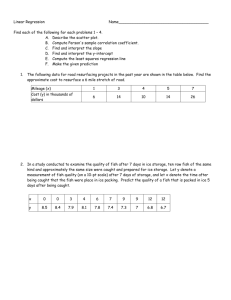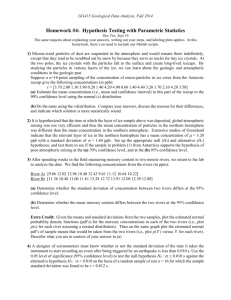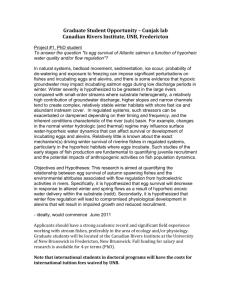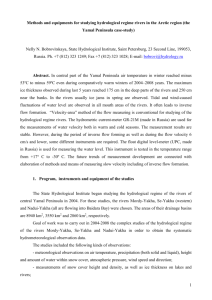Abstract
advertisement
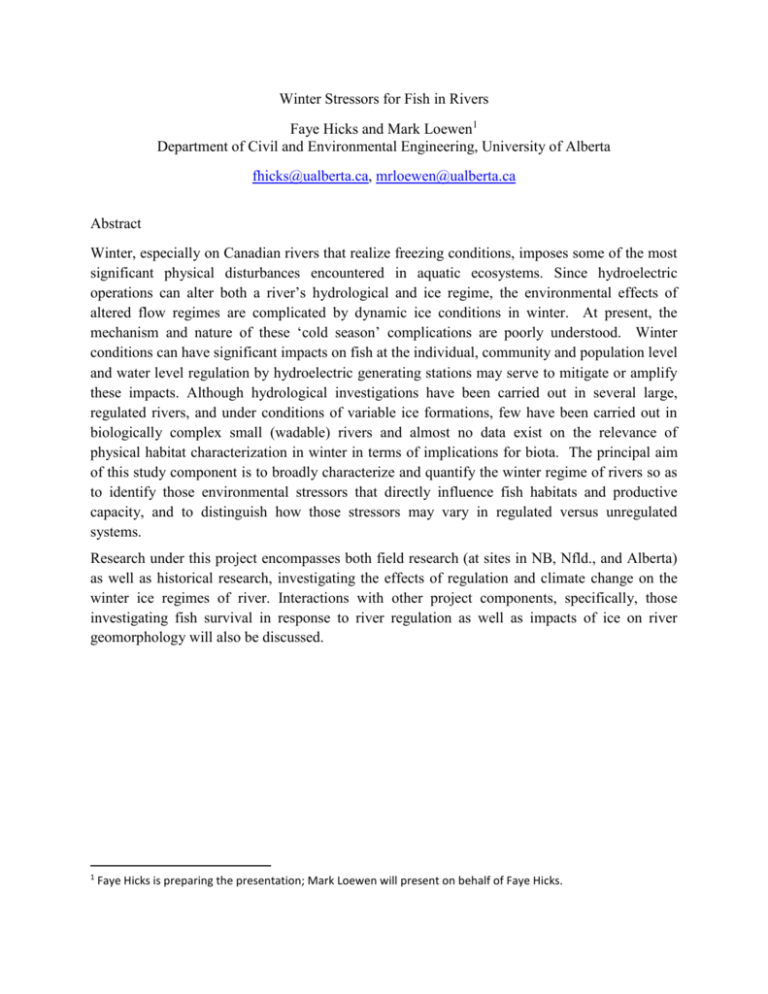
Winter Stressors for Fish in Rivers Faye Hicks and Mark Loewen1 Department of Civil and Environmental Engineering, University of Alberta fhicks@ualberta.ca, mrloewen@ualberta.ca Abstract Winter, especially on Canadian rivers that realize freezing conditions, imposes some of the most significant physical disturbances encountered in aquatic ecosystems. Since hydroelectric operations can alter both a river’s hydrological and ice regime, the environmental effects of altered flow regimes are complicated by dynamic ice conditions in winter. At present, the mechanism and nature of these ‘cold season’ complications are poorly understood. Winter conditions can have significant impacts on fish at the individual, community and population level and water level regulation by hydroelectric generating stations may serve to mitigate or amplify these impacts. Although hydrological investigations have been carried out in several large, regulated rivers, and under conditions of variable ice formations, few have been carried out in biologically complex small (wadable) rivers and almost no data exist on the relevance of physical habitat characterization in winter in terms of implications for biota. The principal aim of this study component is to broadly characterize and quantify the winter regime of rivers so as to identify those environmental stressors that directly influence fish habitats and productive capacity, and to distinguish how those stressors may vary in regulated versus unregulated systems. Research under this project encompasses both field research (at sites in NB, Nfld., and Alberta) as well as historical research, investigating the effects of regulation and climate change on the winter ice regimes of river. Interactions with other project components, specifically, those investigating fish survival in response to river regulation as well as impacts of ice on river geomorphology will also be discussed. 1 Faye Hicks is preparing the presentation; Mark Loewen will present on behalf of Faye Hicks.



